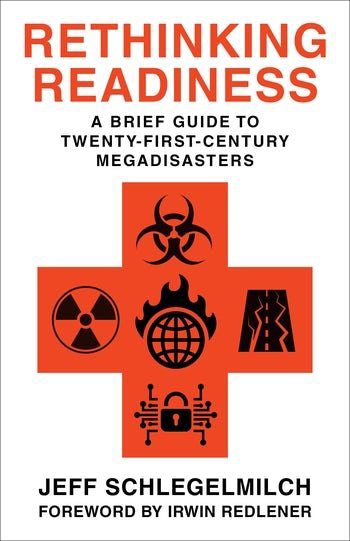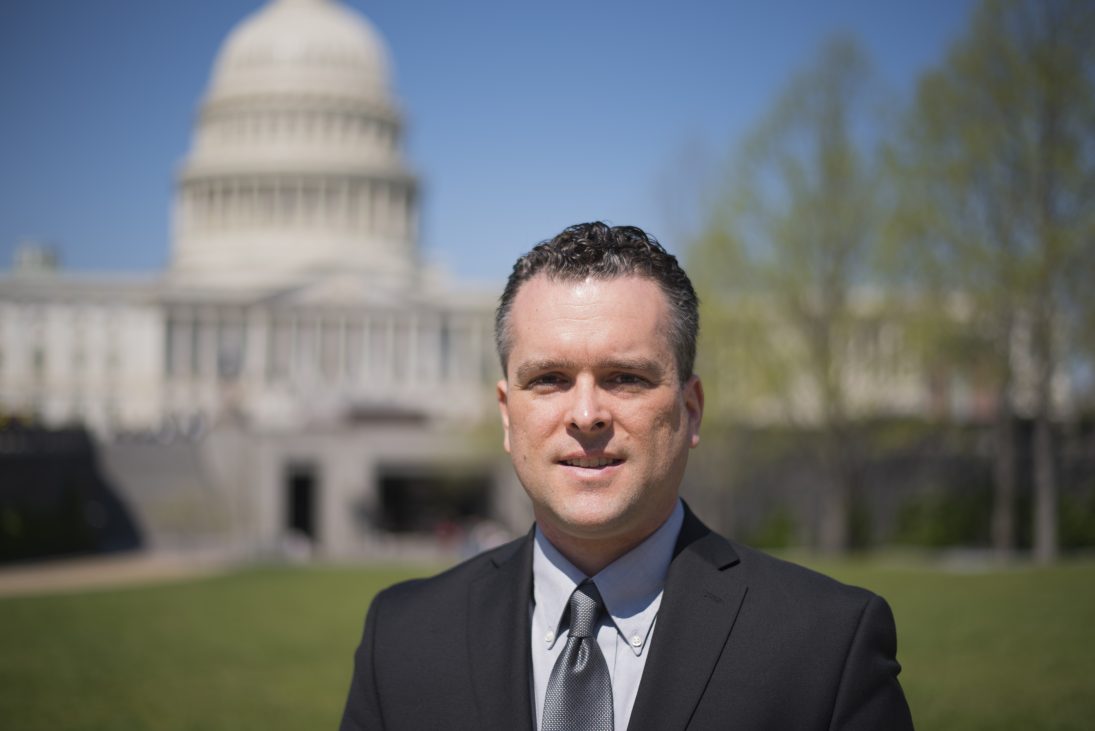Jeffrey Schlegelmilch Columbia University may have one of the most interesting jobs in science (or the most depressing, depending on your point of view).
As director of National Center for Disaster Preparedness of the university, Schlegelmilch spends a lot of time thinking about the end of the world. Ironically, he was reviewing proofs of his book at the start of the pandemic, but biological devastation is only one of five categories of “megadisasters” for which he is trying to prepare us.

Choose your poison
The problem with predicting one of these megadisasters is that the world is changing at an ever faster rate. Many of the lessons the company has learned (or refused to learn) may not be valid in the future.
“The disasters we are seeing are already different than in the past,” says Schlegelmilch. “More and more weather events, billions spent to deal with disasters, more lives lost.”
Resilient optimism
In addition to biological ones such as pandemics, Schlegelmilch's research also focuses on four other categories of megadisasters. Which ones are they? Nuclear war, collapse of crucial infrastructure (such as the electricity grid), climate changes and cyber warfare. To know them in detail, all we have to do is wait for them to occur. No, I'm joking. Just wait for the book to come out.
What distinguishes megadisasters from a dear old catastrophe of the past?
Broadly speaking, Schlegelmilch thinks of end-of-the-world megadisasters as those that are so large as to disrupt the same systems designed to respond to disasters.
Disasters with the power to change society.
Things along the lines of the Black Death in Europe permanently alter the course of history. This is why he doesn't know if Covid-19 is "up to par".
“I'm reluctant to put him in the same category as these others,” Schlegelmilch said. “We still have time to reduce its impact, if we are holistic in our perspective and collaborative in our approaches.”


